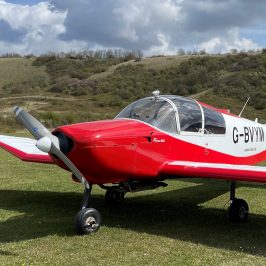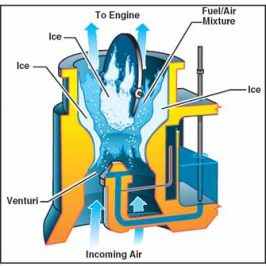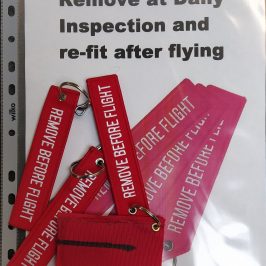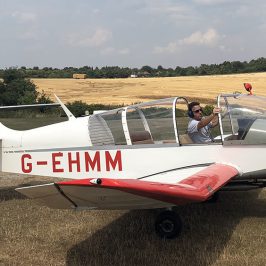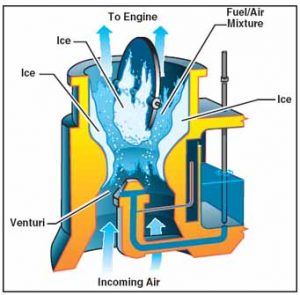 We’ve now had a few frosty mornings and cold damp mornings as we enter the winter period with many more to come. Both can make starting tug engines difficult. In such cases, DI the tug(s) in the hangar and then pull out just before they are needed, start up and warm up as soon as you can and then tow straight away if possible. This should reduce the possibility of frost or condensation forming on the wings and engine parts. A few extra priming pumps will also be required before attempting to start the engine. On firing there is a risk of the engine stopping due to ice formed during the cranking and early running phase. Now is a good time to re-read the advice about icing (Carb Icing under the Aircraft tab). Here’s the summary for Carb Icing:
We’ve now had a few frosty mornings and cold damp mornings as we enter the winter period with many more to come. Both can make starting tug engines difficult. In such cases, DI the tug(s) in the hangar and then pull out just before they are needed, start up and warm up as soon as you can and then tow straight away if possible. This should reduce the possibility of frost or condensation forming on the wings and engine parts. A few extra priming pumps will also be required before attempting to start the engine. On firing there is a risk of the engine stopping due to ice formed during the cranking and early running phase. Now is a good time to re-read the advice about icing (Carb Icing under the Aircraft tab). Here’s the summary for Carb Icing:
Precautions to take
- Operate carb heat immediately after a cold engine start.
- Operate carb heat prior to take-off.
- Check that max rpm is attained during take-off.
- Operate carb heat in descent, if the flight has gone up to or beyond cloudbase.
- Operate carb heat during or after prolonged ground running.
- Operate carb heat during the approach checks as normal.
Remember normal carb heat operation is to select for 10 to 20 seconds and then return to cold. However, if ice is detected, it could take a minute or more to completely clear the carburretor.

Yes, there is a glider in there


